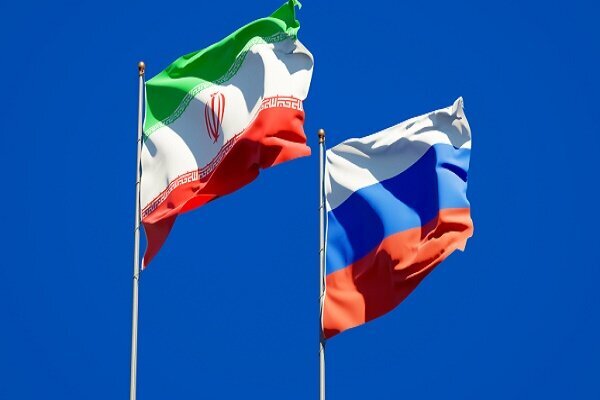Mamata Banerjee's 12-Day Visit to Spain and UAE: Wooing Foreign Investors
Introduction:
In a bid to attract foreign investments and promote West Bengal as a global business hub, Mamata Banerjee, the Chief Minister of West Bengal, has embarked on a 12-day visit to Spain and the United Arab Emirates (UAE). This strategic international tour marks a significant step in her vision to transform West Bengal into an economic powerhouse. Over the course of this blog, we will delve into the details of her visit, its objectives, and the potential implications for West Bengal's economic landscape.
Day 1-3: Exploring Business Opportunities in Spain
Mamata Banerjee's visit commenced in Spain, a country known for its robust economy and thriving business environment. The primary objective of her visit to Spain is to explore potential collaborations and investments. During these first three days, Banerjee is scheduled to meet with Spanish business leaders, government officials, and potential investors. She will highlight West Bengal's unique strengths, such as its strategic location, skilled workforce, and ease of doing business.
Day 4-7: Fostering Bilateral Relations
The next leg of the journey takes Mamata Banerjee to the UAE, a global financial and business hub. The focus here is not only on attracting investments but also on fostering bilateral relations. The Chief Minister will engage with UAE officials and business leaders, showcasing the vast opportunities that West Bengal has to offer. The goal is to forge partnerships that will benefit both West Bengal and the UAE in various sectors, including technology, infrastructure, and renewable energy.
Day 8-10: Showcasing West Bengal's Potential
During these days, Mamata Banerjee will participate in business summits, roadshows, and investor meets in both Spain and the UAE. These events will provide a platform to showcase West Bengal's potential in key sectors like information technology, manufacturing, tourism, and renewable energy. The aim is to convince foreign investors that West Bengal is not only open for business but also a preferred destination for their investments.
Day 11-12: Strengthening Cultural and Educational Ties
Apart from business and investments, cultural and educational exchanges will also be on the agenda during this tour. Mamata Banerjee will emphasize the importance of cultural diplomacy and educational ties between West Bengal and these two nations. Strengthening these connections can lead to a more holistic relationship and greater cooperation in various fields.
Implications for West Bengal's Economic Landscape
Mamata Banerjee's 12-day visit to Spain and the UAE holds significant promise for West Bengal's economic landscape. Here are some potential implications:
Increased Foreign Investments: Successful interactions with foreign investors could lead to a surge in foreign direct investments (FDI) in West Bengal, boosting its economy and creating job opportunities.
Technology and Infrastructure Development: Collaboration with international partners may lead to advancements in technology, infrastructure, and urban planning in the state.
Skilling and Employment Opportunities: Tie-ups with foreign institutions could result in skill development programs and educational exchanges, leading to a more skilled workforce.
Global Visibility: West Bengal's profile on the global stage will rise, potentially attracting more international businesses and tourists.
Conclusion:
Mamata Banerjee's 12-day visit to Spain and the UAE represents a strategic move to position West Bengal as an attractive destination for foreign investments and partnerships. While the immediate outcome of this visit remains to be seen, the long-term implications for West Bengal's economic landscape are promising.



Comments
Post a Comment